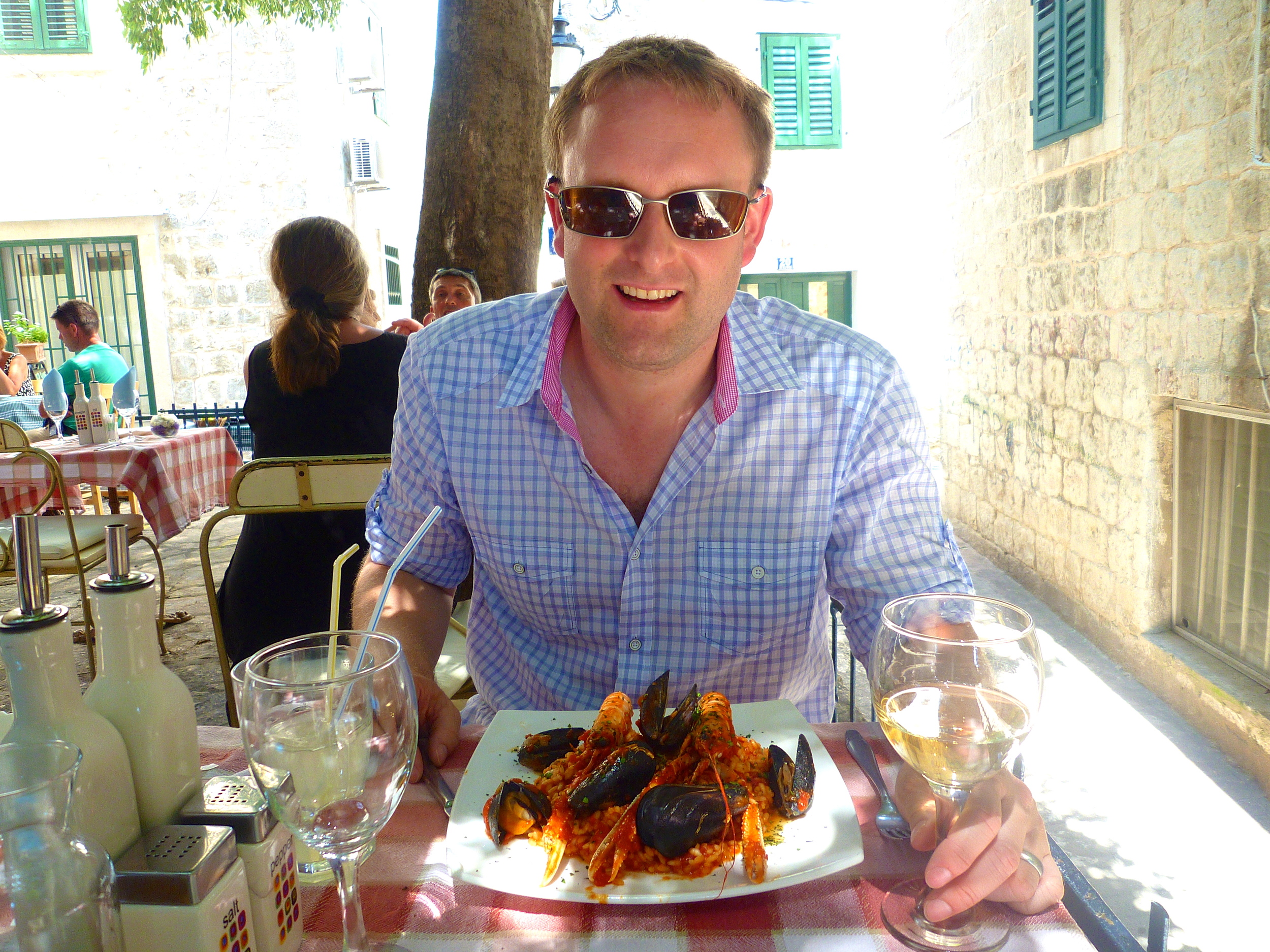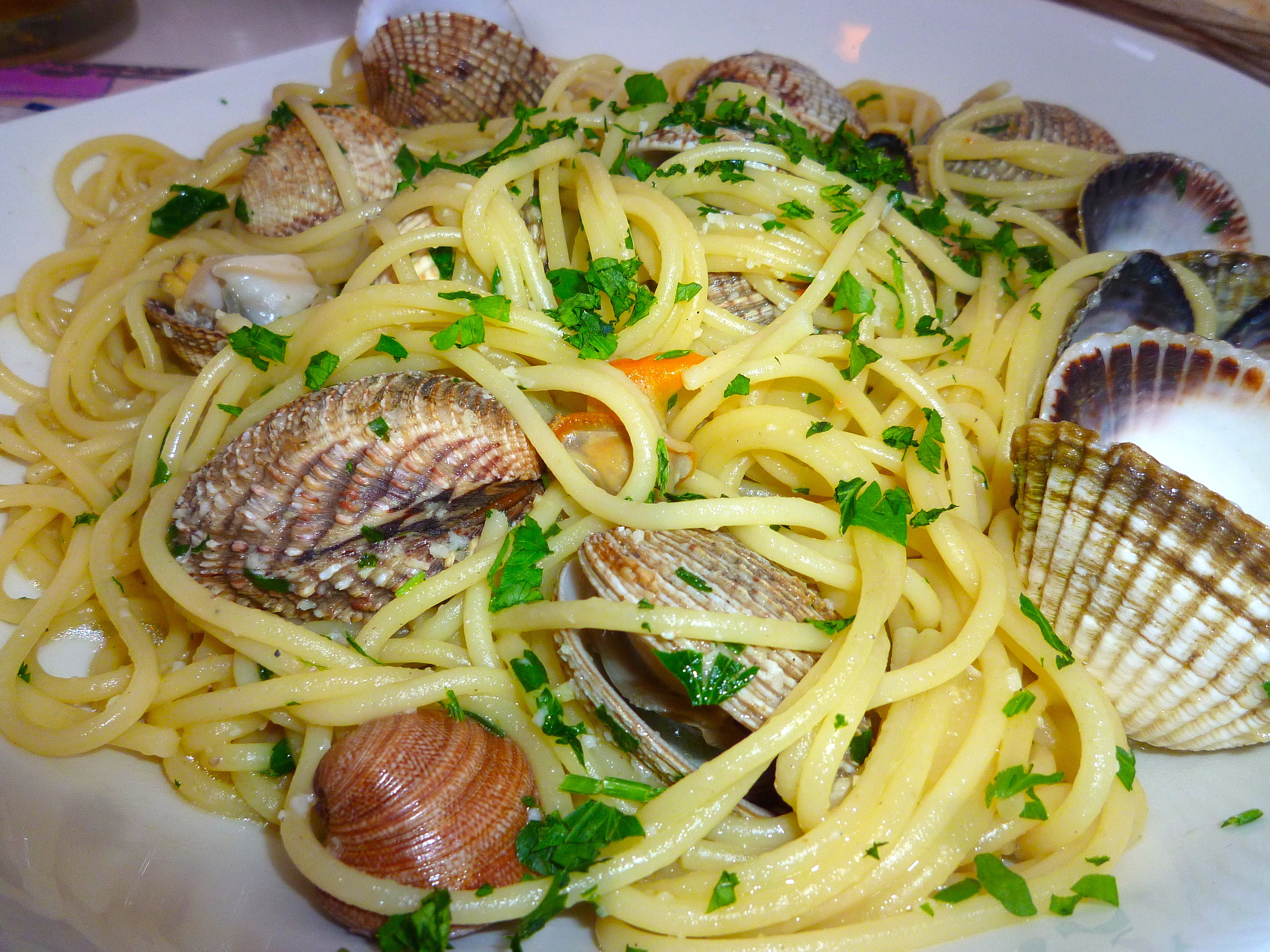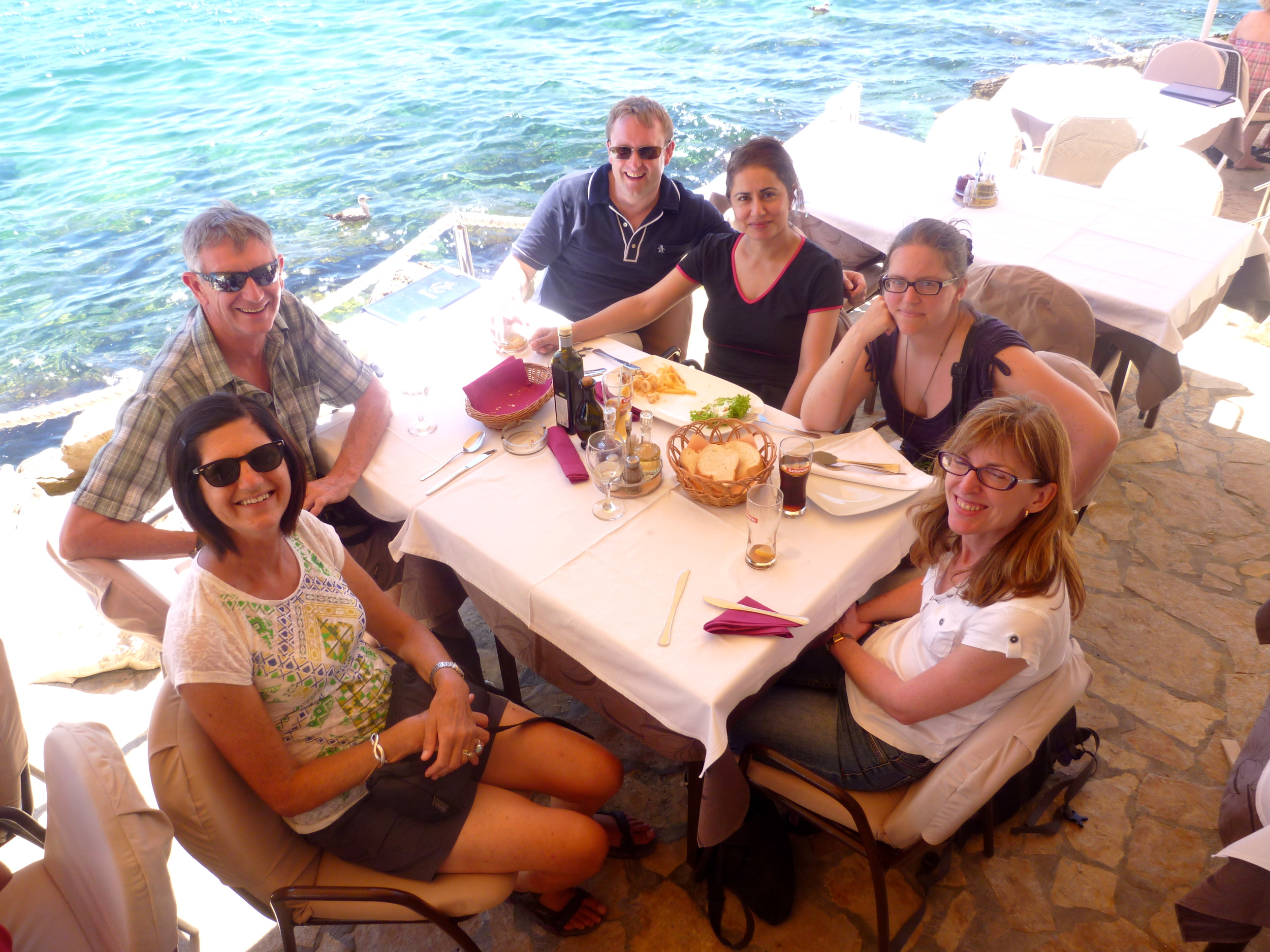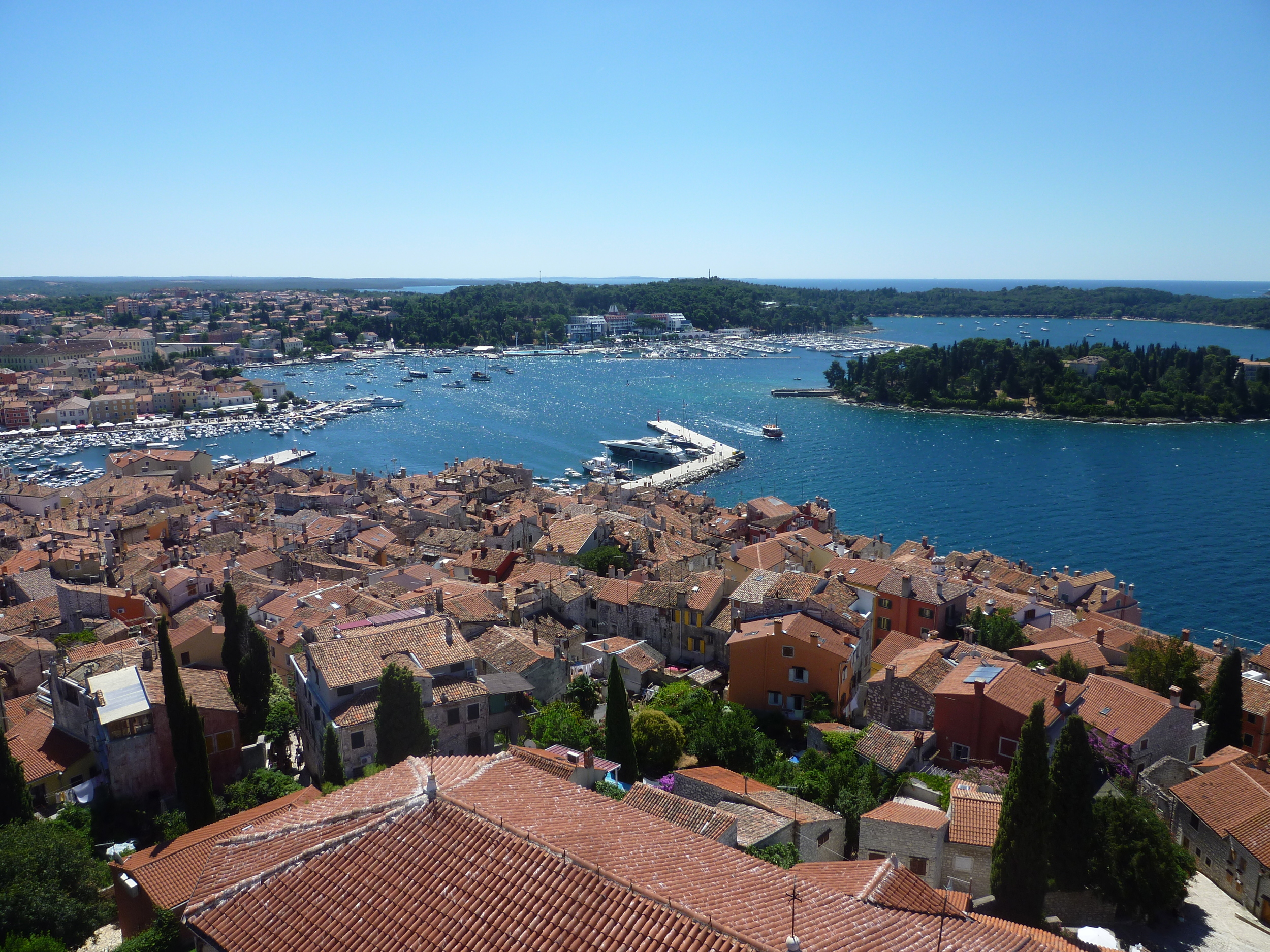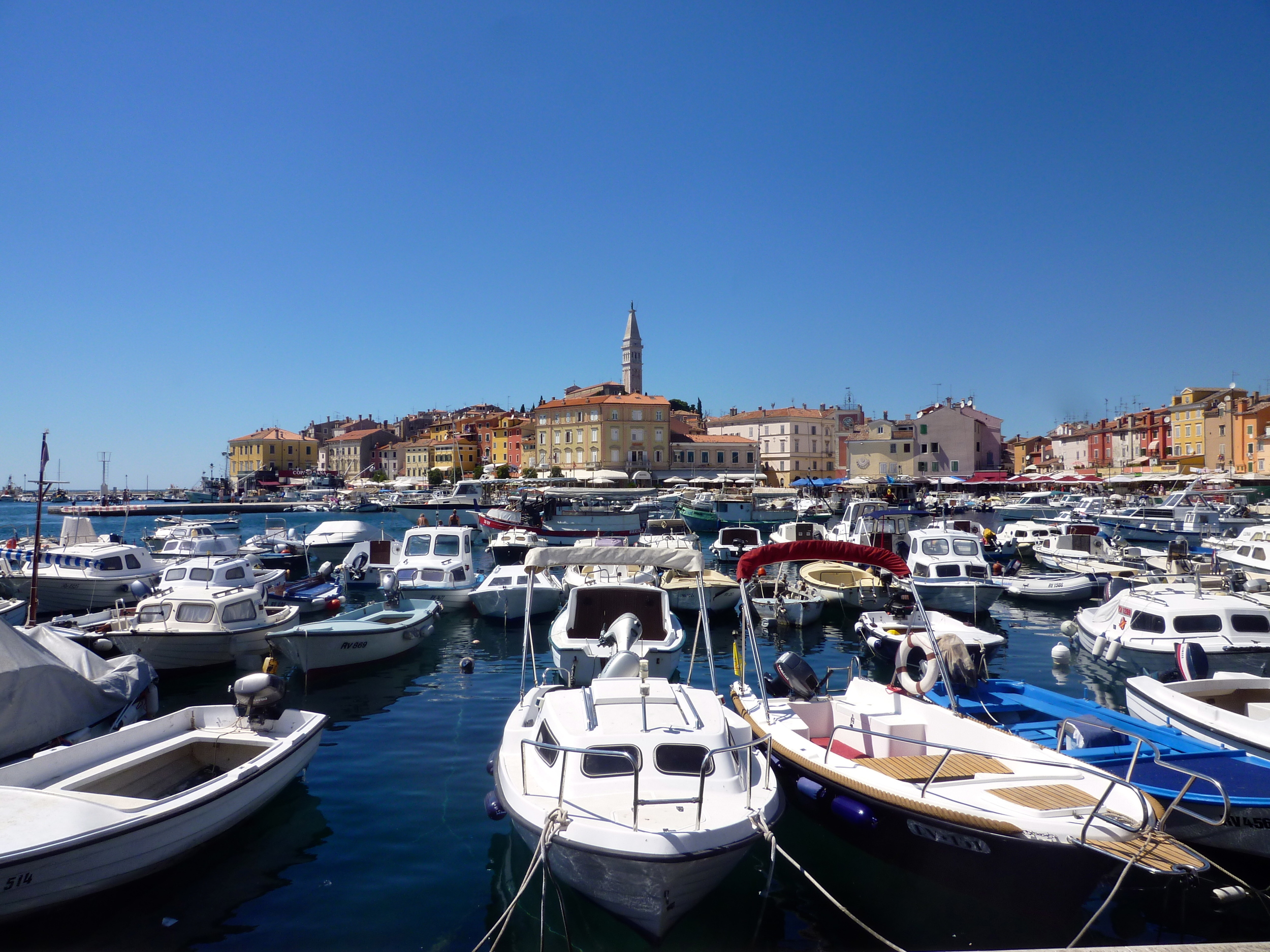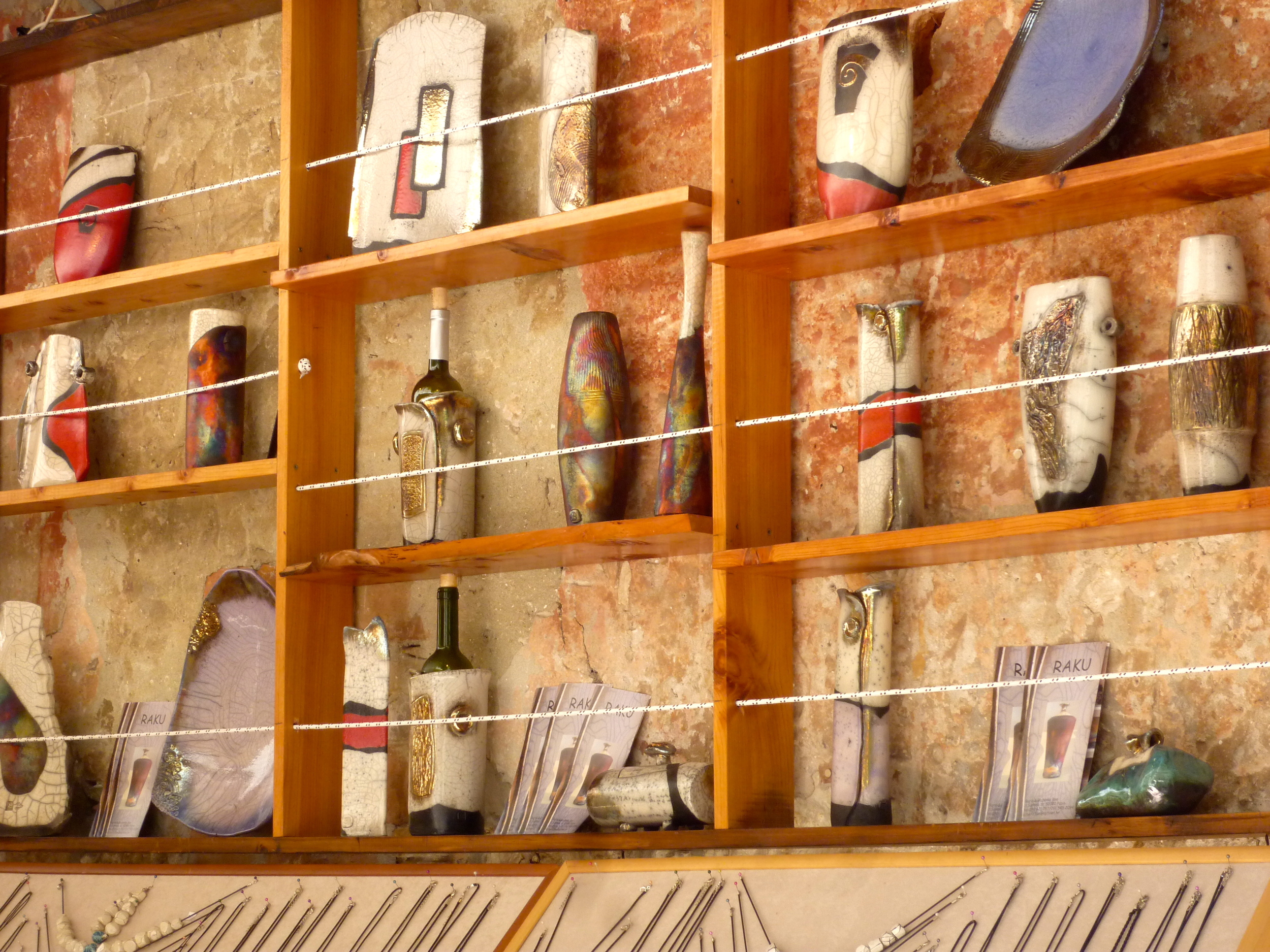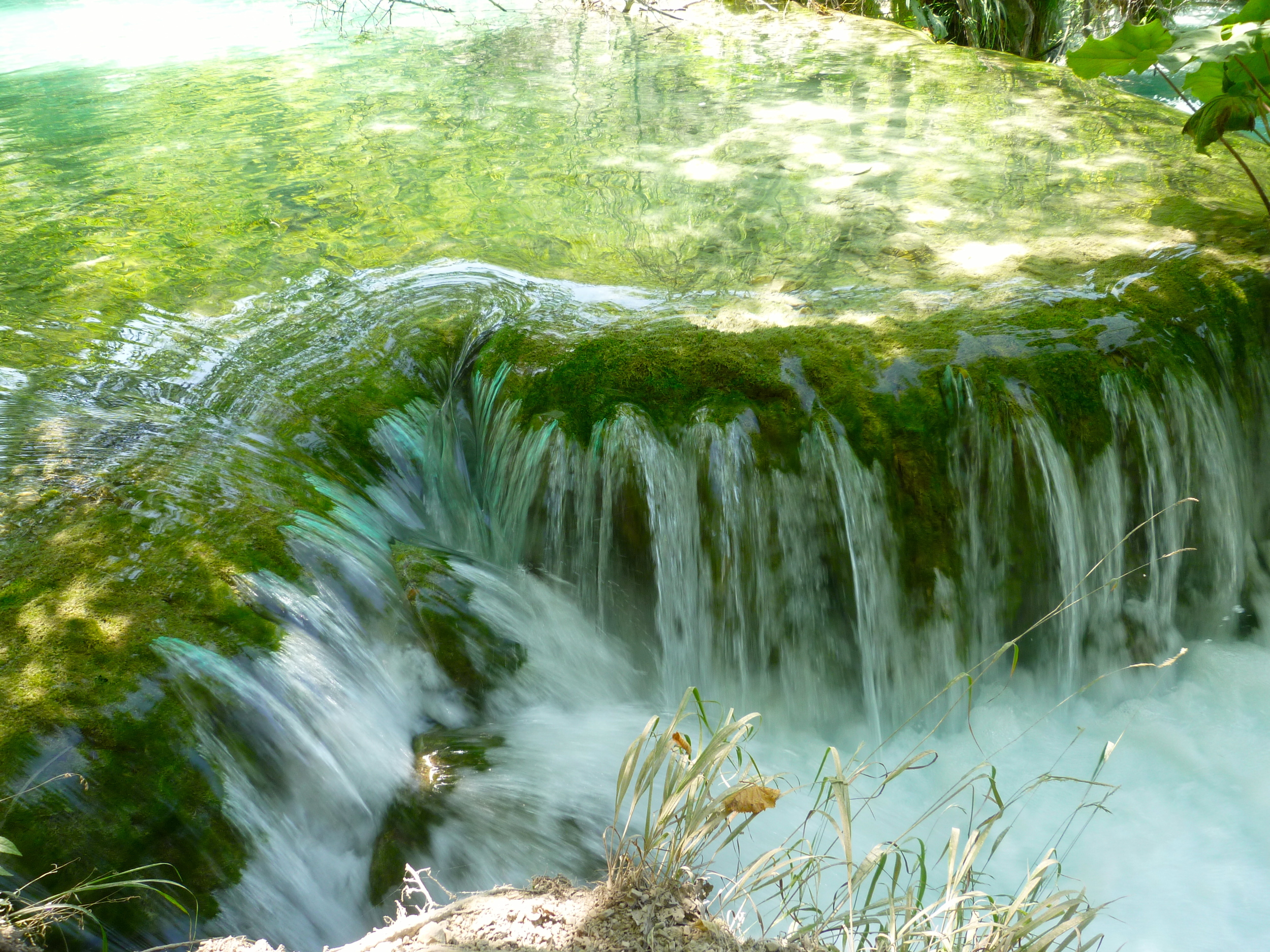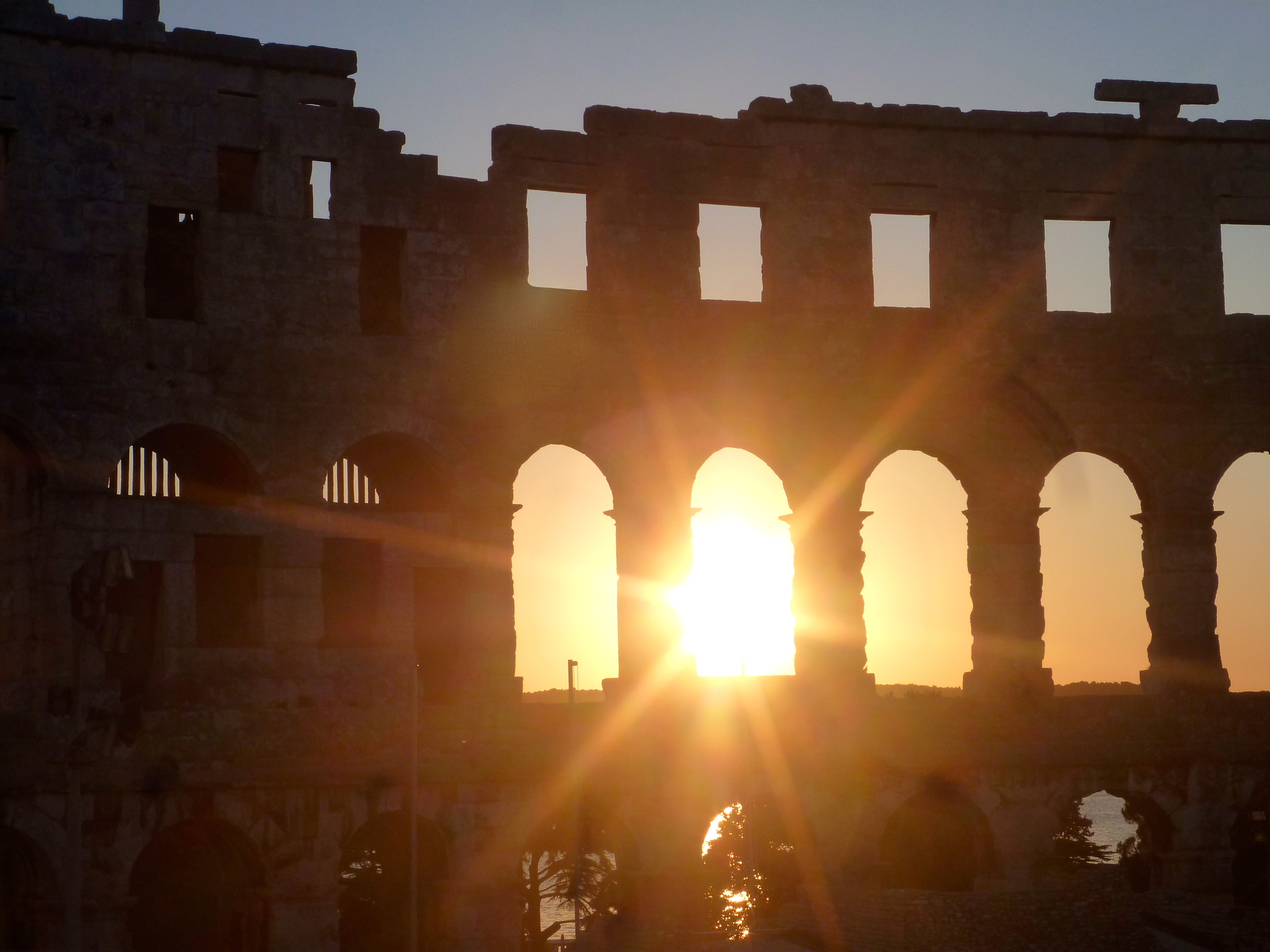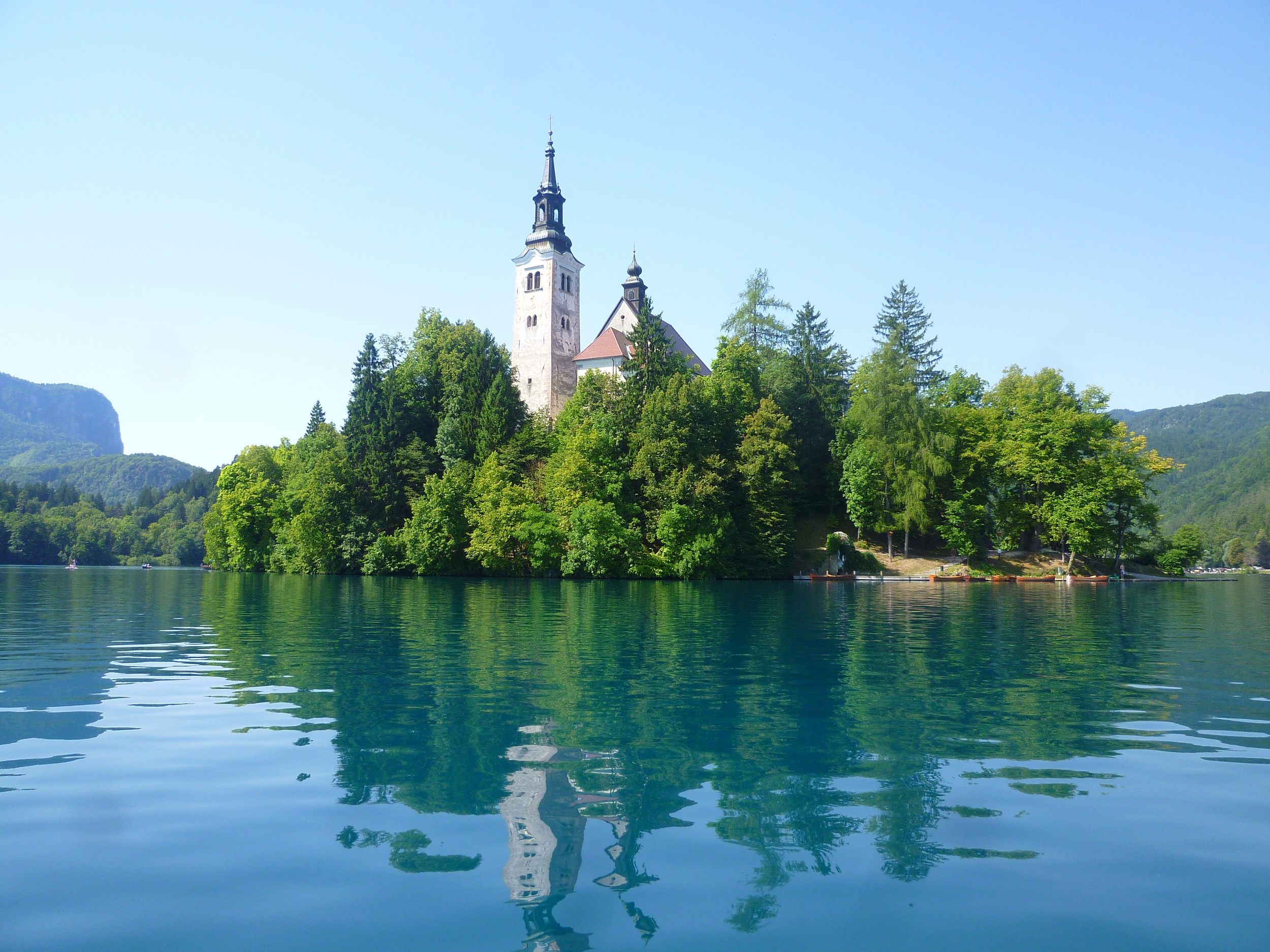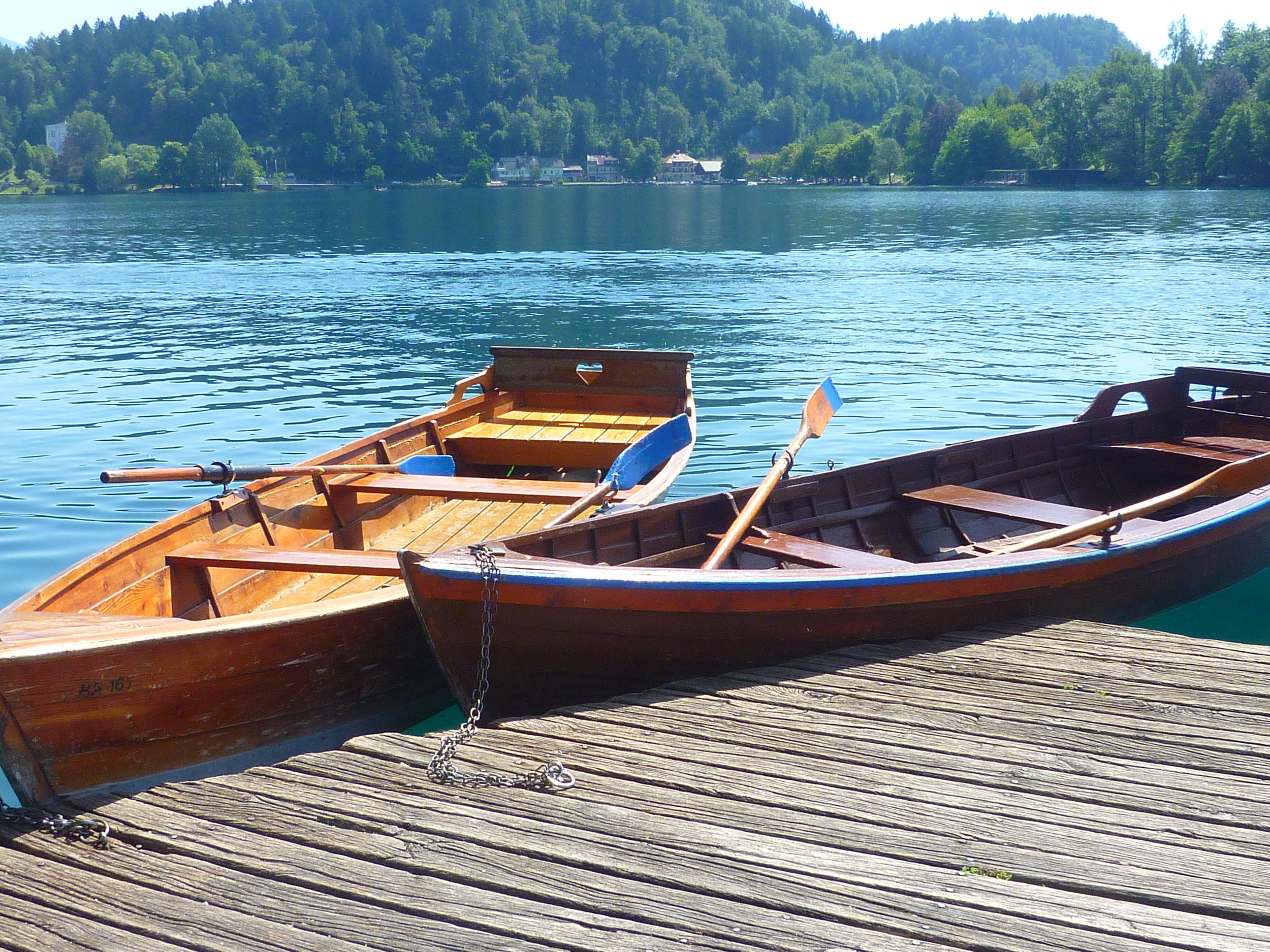In search of the perfect...paella
On a recent trip to Spain, I found time to visit Valencia, the spiritual home of one of my favourite dishes. Over the 48hrs we were there - just in case there were any doubts over my commitment to gastronomic research - I visited five of the more famous paella eateries. This gluttonous adventure finally culminated, together with several large glasses of rioja, at the hundred year old La Pepica restaurant overlooking the white sands of Playa de Malvarossa.
There is definitely something to be said for eating paella under the Spanish sun, but I think that the warming spice and comforting carbs are even more effective as an antidote to a grey English winter.
Origins
Often described as the Spanish national dish, paella is actually the signature cuisine of the Valencia region. Developed in the 19th century as a cheap and nutritious way to feed local workers, it used the local Calasparra rice and whatever protein was in season - water vole and eel were particular favourites. Thankfully though, a "traditional" paella nowadays is more likely to contain chicken, chorizo, rabbit or snail than trapped rodents from the local river.
The secrets
Whilst every recipe is different, whether valenciana (meat), de marisco (seafood) or mixta, the best paella are based on the same time-honoured basics:
The pan: the word "paella" means "pan" and most afficionados would insist that you cannot make a great paella in anything other than a traditional paelleras. I have to say that this is not quite true, the key is to ensure that as much rice remains in contact with the pan as possible, so that the socarrat (see below) can be created. This means a good wide-bottomed frying pan will do the job, although I do concede that nothing beats a real paella pan for that authentic touch when serving.
The rice: short grained Calasparra rice is really the only choice, with Bomba being the most famous. These varieties absorb up to 3 times their own volume in liquid, ensuring the paella is packed with flavour from the saffron and paprika infused stock. It also ensures that the paella remains moist, despite the lack of sauce in the dish.
The cooking: despite some of the versions I have eaten, paella should not resemble risotto. Luckily, this also means that it doesn't need the same constant stirring and attention. When cooking a paella it should be left alone to do its thing.
The socorrat: the layer of toasted rice at the bottom of the pan created by not stirring is considered a delicacy and is the paella holy grail. If cooking on the hob, rather than an open fire, you can create this by covering the pan with foil and giving a blast of heat at the end of cooking,
If you want to create your own taste of Spain, try my delicious Paella Valenciana recipe.



